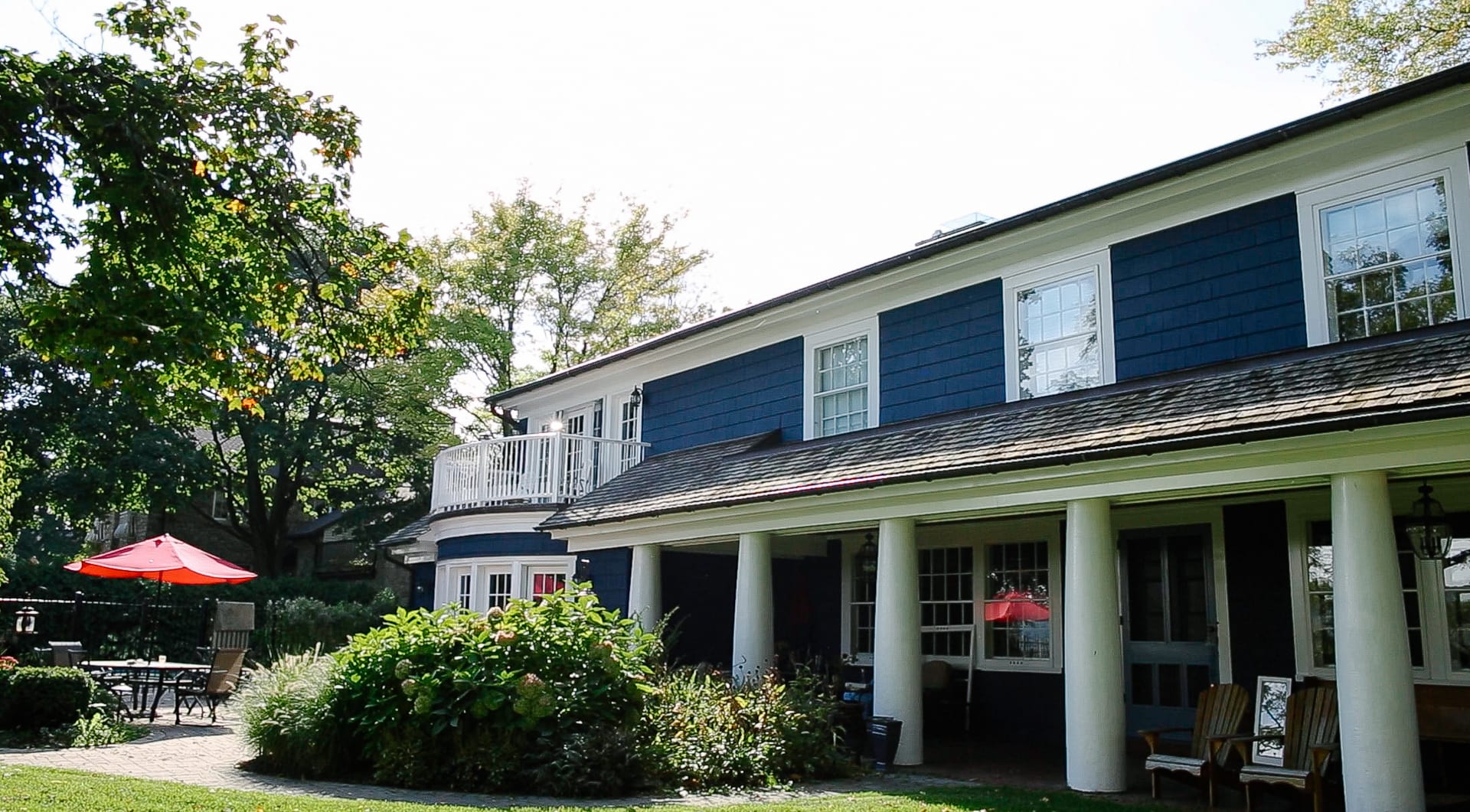
SOLID ADVICE ON HOW TO AVOID REGRETS
Plan around the elements that are hardest to change. Unless you’re doing a complete renovation, surfaces such as roof shingles or tiles, stonework, pathways and driveways will remain in place. Take these into consideration as you select exterior colors.
Consider your home’s architectural style and era. Many paint manufacturers offer collections of historically accurate colors, which can be an excellent springboard for your palette. The local Benjamin Moore Store or Sherwin Williams Store provide brochures that will get you started on your selections. Tresham Painting also works with a professional who specializes in this area. You don’t have to adhere strictly to historical guidelines unless codes for your home and neighborhood specify otherwise, but for the most pleasing effect, don’t stray too far from them.
Think about the visual effect you want. Mull over your home’s relationship to the street and the landscape. Does it sit back from the road or amid a cluster of large, towering trees? You might choose a slightly lighter or brighter color so that it stands out. Conversely, a darker hue can make it appear to recede.
Choose three or more different paint shades. Essentially, an exterior scheme has three major parts: field color, which dominates; accent color, which brings doors, shutters and other smaller areas to life; and trim color, used for window and door casings, roof edging, railings and other trimwork.
Ideally, the trim color should contrast strongly with the field color. If your main hue is dark, consider classic white trim or another pale shade. A light field color can look stunning with darker trim — like eyeliner for your home, it produces a crisp, dramatic effect. Feel free to go bold with accent colors, but don’t go overboard. A door painted bright red or lemon yellow lends just the right hit of punch.” If you look around town you will see some homes that have recently had the front doors painted a very bright contrasting colour.
Never rely on paint chips alone. Just like interior colors, exterior shades can vary significantly from the way they appear on the chip. And because painting an exterior is a bigger undertaking than simply painting a room, you’ll want to get them right the first time.
Buy a quart of paint and test it on an inconspicuous area of your home. Study it at various times of day and under different weather conditions. How does it change with the light? Road testing it is the only way to determine for sure if you’ll be happy with it for years to come.”
Reference: http://www.houzz.com/ideabooks/3317364/list/5-easy-tips-for-choosing-your-exterior-paint-palette.